The Rearview Mirror: How a Merger Saved an Automaker’s Reputation
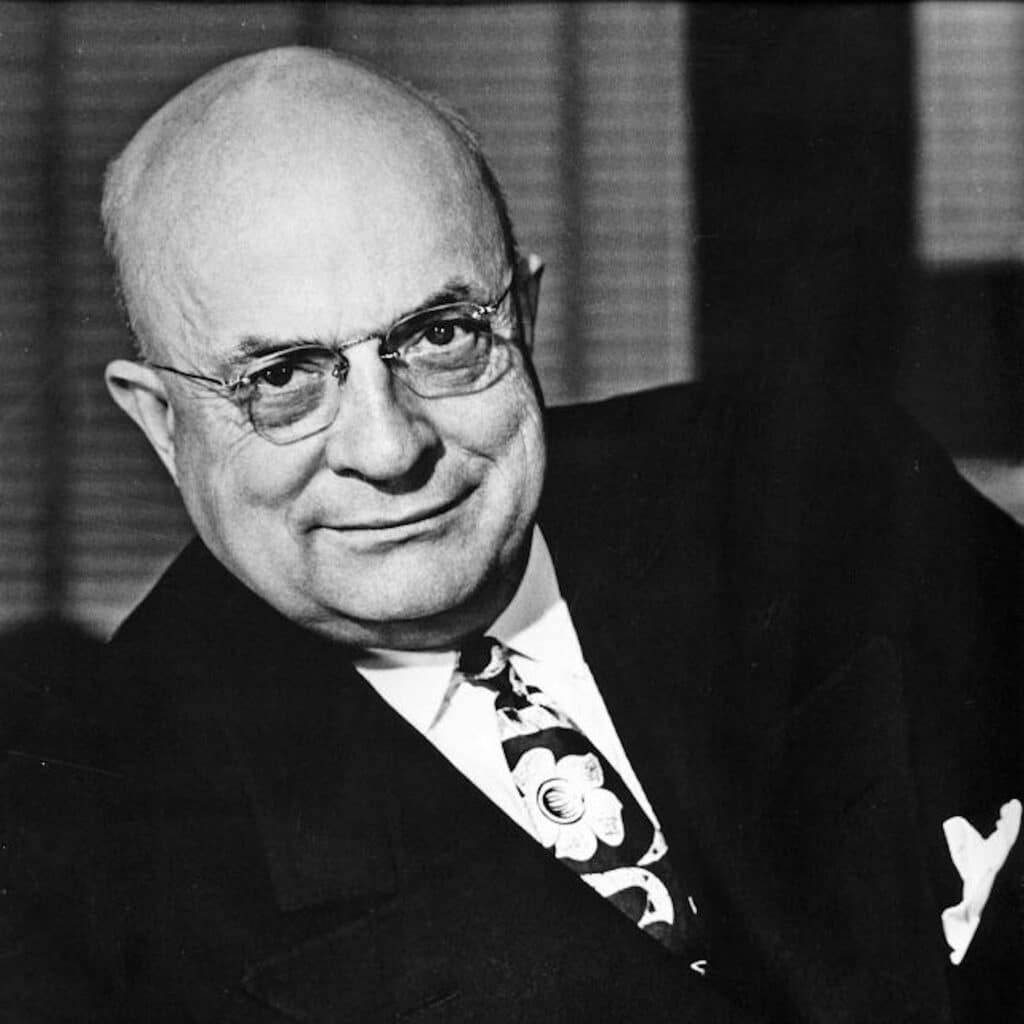
Many think that Henry J. Kaiser failed as an automaker, given that his Kaiser- and Frazer-branded cars barely lasted eight years. But this week in 1953, a year before his eponymous cars ceased production, Henry J. Kaiser buys ailing automaker Willys-Overland for $63.4 million.
It was the biggest auto merger to date, although some wondered why he bothered — and with good reason. But the purchase would prove to be a wise one, and would establish Kaiser as a successful automobile manufacturer — thanks to the Jeep.
World War II to the rescue
Willys-Overland hadn’t always been the basket case it became by the time of its acquisition by Kaiser. In fact, for a time in the 1920s, it ranked second only to Ford in sales. But management mistakes found it declaring bankruptcy in 1933, and exiting four years later. Although the company produced more than 60,000 cars and netted a profit of $473,000 in 1937, the journey into bankruptcy didn’t instill buyer confidence, and the company’s fortunes declined once more.
It’s only under the stewardship of sales manager Joseph Frazer the company didn’t fail once more. While car sales remained meager, Frazer had won a U.S. Army contract to build the Jeep, leading to a profit in 1941 of $809,258, and a backlog of $42.5 million in defense orders. Willys-Overland profited along with the war, as dollar volume grew from $21 million in 1941 to $213 million in 1944.
A postwar market brings new challenges
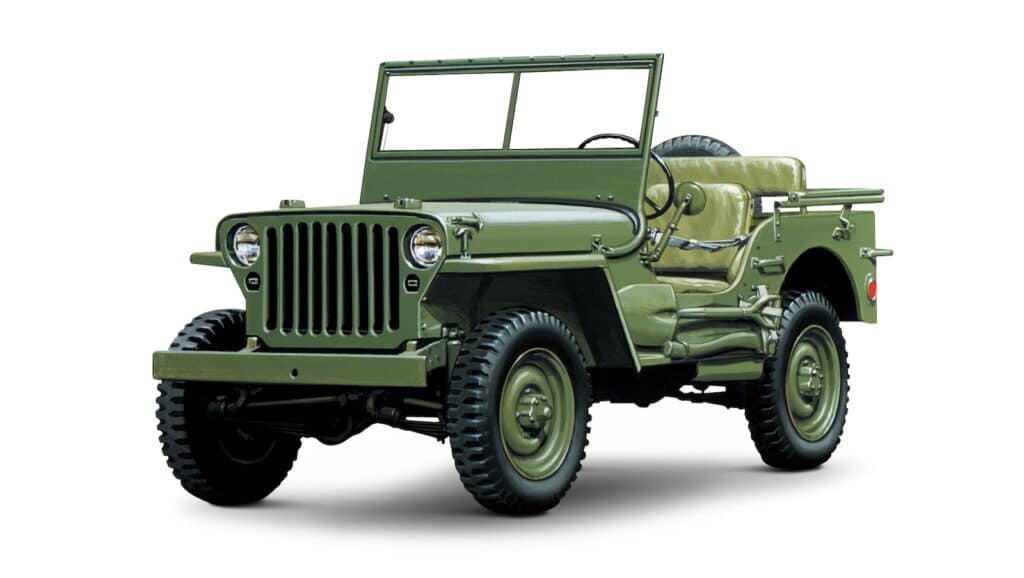
At war’s end, you might have expected Willys to resume car production. But the company lacked the capacity to build its own bodies. With nothing else to market, Willys-Overland gussied up the military Jeep MB and introduced it as the 1945 Jeep Universal.
The company continued to market variations of the Jeep, the first being the Willys Jeep station wagon in 1947. Designed by Brooks Stevens, its slab-sided look resulted from its need for body panels that could be produced in a plant that stamped sheetmetal for home appliances. It was followed by the Jeepster in 1948. After more than three years with no new car production, consumers were buying anything, and Willys thrived.
Nevertheless, it wouldn’t be until January 1952, a decade after the last Willys automobile was built that the automaker introduced a new car: the Aero Willys. Smaller than any car built by General Motors, Ford or Chrysler, the Aero Willys competed against the Nash Rambler, Hudson Jet and Kaiser’s Henry J — compact cars trying to find success in a market that only rewarded big cars.
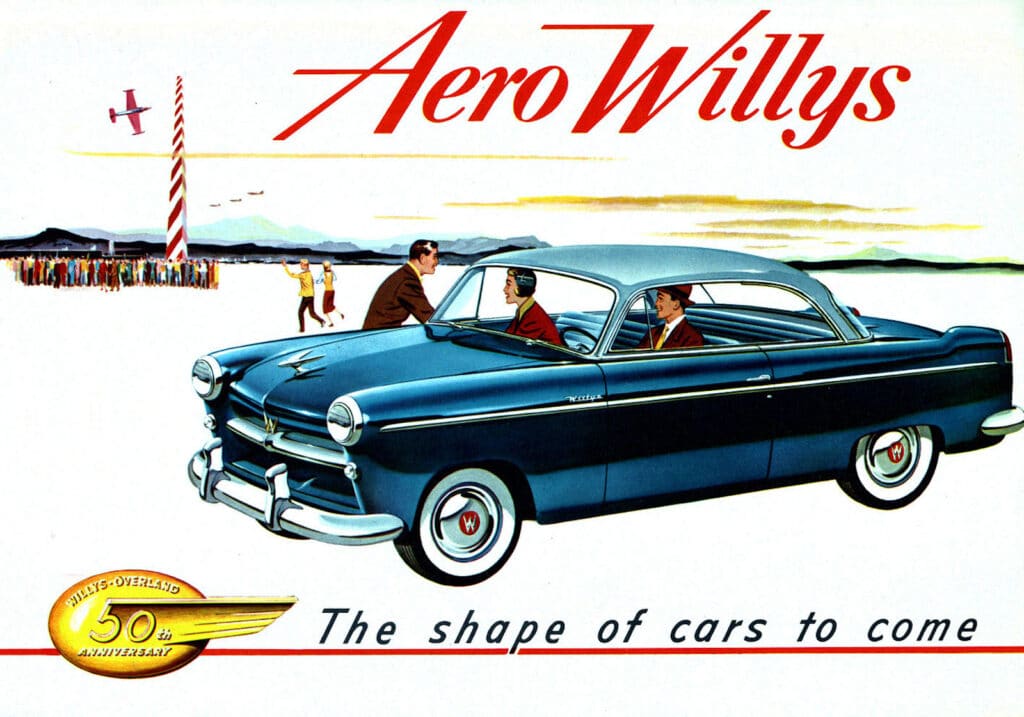
Willys managed to sell more than 41,000 units, and things appeared to be going well. But its days were numbered — and Henry Kaiser wanted Willys-Overland Motors.
A Kaiser never retrenches
Liberty Ship manufacturer Henry Kaiser had entered the car business in 1946, partnering with Joseph Frazer, who left Willys-Overland to start the new brand, known as Kaiser-Frazer.
Initially, the cars sold well, a fresh design in a market flooded with modestly updated prewar models. But the Big Three were ready with all-new lines for 1949, while Kaiser-Frazer’s models were little changed.
Being an auto industry veteran, Joseph Frazer advised paring back production in light of the upcoming flood of new models. Henry Kaiser told him, “a Kaiser never retrenches,” and planned to build 200,000 units. They sold approximately 60,000. There were so many left over, eventually some 1950 models were given new serial numbers and sold as 1951s. By that point Frazer was gone and the nameplate dropped. In its place came the Henry J, a compact car being sold at a time when small car sales were as meager as their size. It flopped, but its engine came from Willys, which Kaiser decided to purchase.
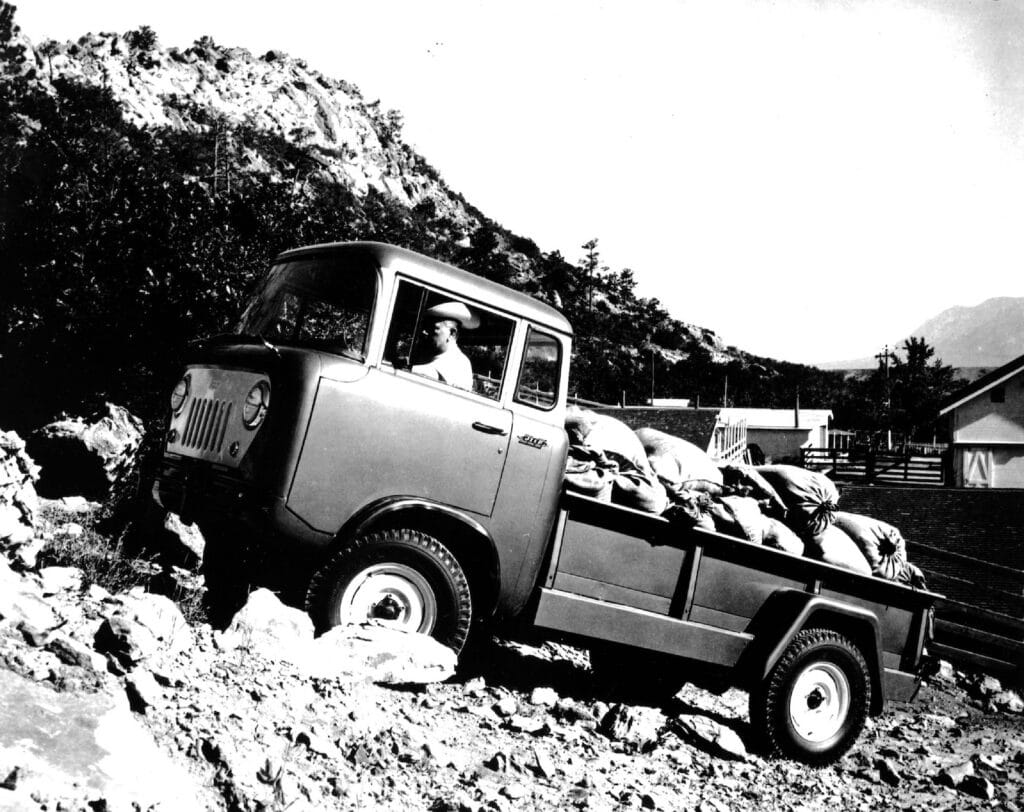
Some wondered why, given the Jeep’s appeal was fairly minimal at that time, but the Jeep had no competition for its four-wheel-drive vehicles. And the Aero Willys was still a fairly new design.
But Kaiser was in a spot.
He had never failed at anything he had tackled in his life. But so far, the car business was proving to be an exception. Kaiser-Frazer hadn’t turned a profit since 1948, and a scent of death permeated the brand. Willys-Overland gave him a new product line to sell. He nabbed it for $63.4 million.
While come saw it as throwing good money after bad, it proved to be a wise decision for Kaiser.
Wills-Overland was renamed Willys Motors, although its cars, along with Kaiser’s Kaiser line, were on their last legs. Looking to salvage his automotive empire, Kaiser begins a marketing campaign to capitalize on the public’s fascination with the Jeep. Within two years, Jeep sales volume tops $160 million, and Kaiser realizes a $5 million profit.
Cars are another matter. Both the Kaiser and Aero Willys are axed, although the latter would continue to be built with styling revisions in Argentina through 1970.
Jeep continues to grow
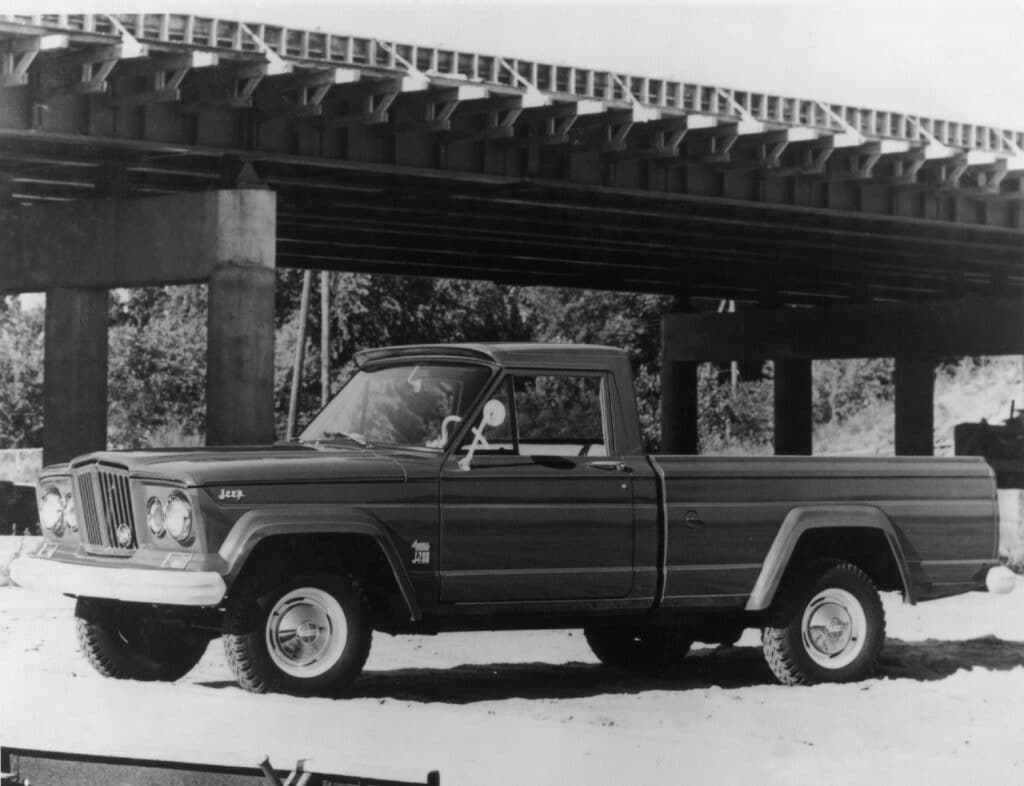
Willys Motors is renamed Kaiser Jeep Corp. in 1963. The following year, Kaiser buys Studebaker’s defense business, one that dates to the Civil War, as Jeep’s product line continues to grow with the arrival of the Wagoneer. By the time Kaiser dies in 1967, Jeep has manufacturing facilities in 33 countries.
Two years later, Kaiser Industries agrees to sell Kaiser Jeep Corp. to American Motors Corporation. The deal concludes in 1970, when AMC renames it Jeep Corp., establishing it as a subsidiary of AMC. Kaiser’s military division is spun off as AM General.
AMC greatly expands the Jeep’s appeal and popularity. But much like Kaiser Jeep, AMC’s car lines begin falling in popularity, even as their Jeeps remain profitable. By the 1980s, AMC merges with French automaker Renault, which also fails to revive AMC’s profitability. In 1987, Renault sells AMC to Chrysler Corp. CEO Lee Iacocca admitted that the only reason he bought AMC was to acquire Jeep. It would be a very smart move, as the brand’s popularity boomed with consumers’ desire for SUVs.
It would be the jewel in the crown of Chrysler Corp. upon its merger with Mercedes-Benz to become DaimlerChrysler, and Chrysler’s later acquisition as a part of Fiat Chrysler Automobiles. Today, it’s part of Stellantis, and among the best selling of the company’s 15 brands worldwide.
Auto Lovers Land
Comments
Post a Comment